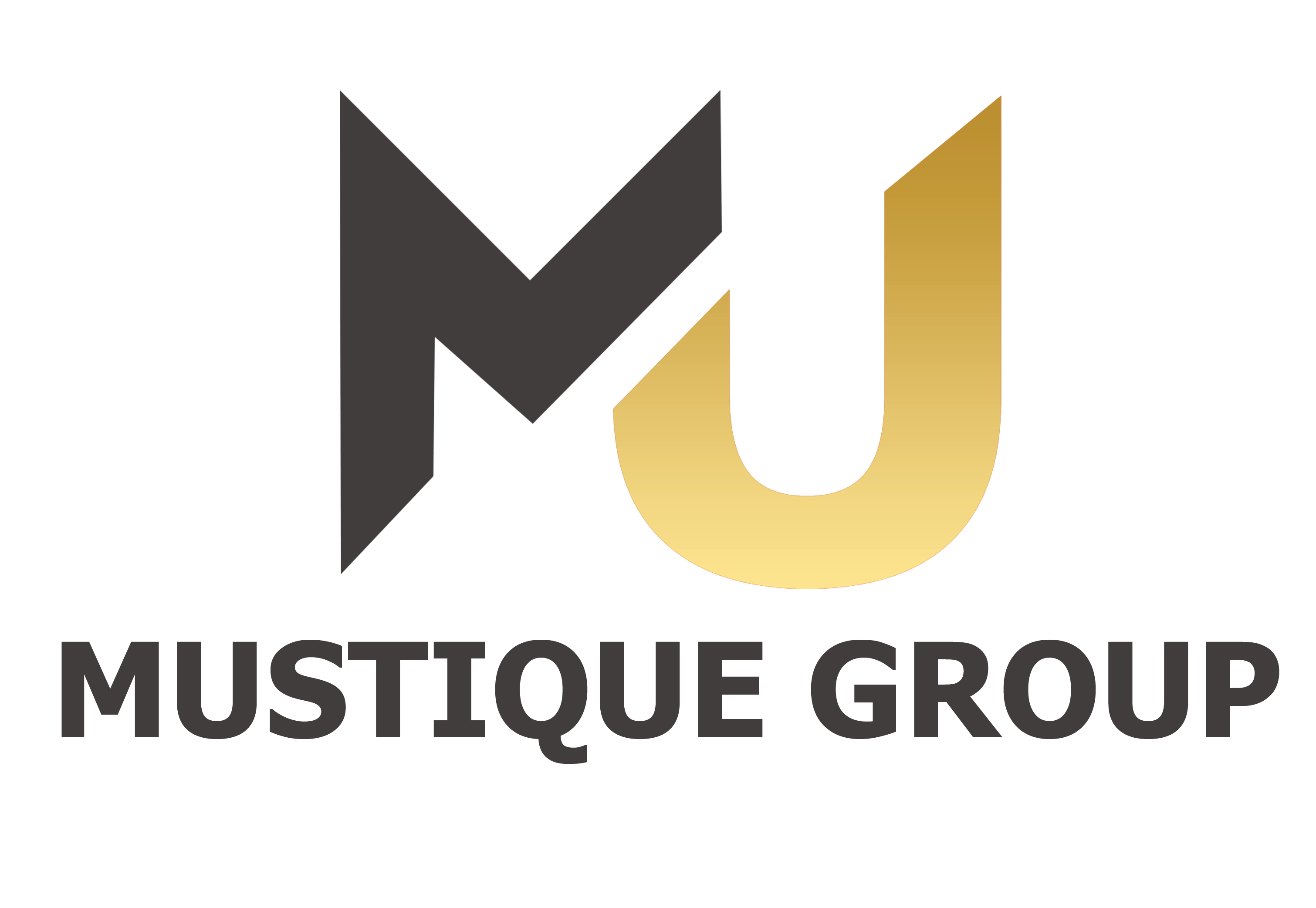Springbok Women determined to topple mighty Canada
Springbok Women captain Nolusindiso Booi said her team will enter Loftus Versfeld with excitement and determination when they face Canada at 13:30 on Saturday.

South Africa’s largest retailers are competing for a greater slice of the country’s off-trade liquor market, which is continuing to show strong growth despite a stagnant economy.
The sector now generates R100 billion in annual sales, surpassing this mark in 2024, and is increasingly dominated by large, formal retail chains.
This is feedback from Trade Intelligence in its latest Liquor Retailing Report, which outlined the sector’s growth and how formal retailers are competing for increased market share.
The report showed retailers are continuing to expand aggressively in the liquor space, and shopper behaviour is evolving alongside shifting channel dynamics.
Larger, formal retail chains such as Checkers Liquor, TOPS at SPAR, and Pick n Pay Liquor are rapidly displacing independent stores and wholesalers.
Not only do these giants have economies of scale and sophisticated logistics systems, but they also offer convenience through their home delivery options.
Despite this added convenience, Trade Intelligence’s data shows that South Africans prefer to shop for liquor in-store as opposed to online.
To this end, Shoprite, Pick n Pay, and SPAR have all rapidly grown their physical liquor store footprint across the country’s urban areas.
The standalone liquor store footprint among these listed retailers has grown by 31% over the past five years, nearly double the rate of expansion among grocery stores.
Shoprite has overtaken TOPS at SPAR in total liquor store footprint, operating 925 outlets across Shoprite, Checkers Liquor Shop and OK Liquors banners, with TOPS at SPAR operating 914 stores.
Pick n Pay operates around 700 liquor stores, including its Boxer brand. However, the company does not specify the number of liquor stores in South Africa.
The liquor store format has increasingly become a key growth driver for these retailers, growing sales faster than grocery stores and presents an opportunity to break into the wholesale market.
It has also played a vital part in their expansion into the informal retail sector, which has proven more resilient than its formal counterpart in recent years.

These retailers still face an uphill battle in taking on independent wholesalers and traders, which supply South Africa’s significant on-site liquor trade.
A key part of this market is supplying the less formal on-site trade, in the form of taverns and shebeens, which have seen strong growth compared to restaurants and bars in recent years.
Trade Intelligence’s data show that, five years after the pandemic, on-trade liquor turnover remains below pre-pandemic levels. Although tavern sales showed growth, bars and restaurants remain slower in recovering.
The report also showed that consumer behaviour has rapidly changed, with consumers spending more at liquor stores attached to grocery outlets than at standalone liquor stores.
This has led to formal retailers spending significant amounts of cash to combine their grocery and liquor stores or ensure that they are formatted more closely.
Another significant challenge for the industry is the rise of the illicit alcohol trade, which is worth over R25 billion per year.
The latest research from Drinks Federation SA revealed that the illicit alcohol industry’s volume has grown by 55% in South Africa since 2017. At the same time, the value of the trade rose by 95%.
“Liquor is still predominantly bought in-store, but it’s a mission-driven category,” said Senior Retail Analyst at Trade Intelligence, Nicola Allen.
“Shoppers could be doing anything from stocking up for an event to grabbing a bottle for later to looking for the best possible price, and this drives their behaviour and choices in terms of channel and priorities.”
Across liquor categories, the vast majority of shoppers continue to purchase in physical stores, with over 90% of shoppers in each of the spirits, wine, beer, and cider/RTD categories preferring the in-store experience.
This confirms that liquor still sells on the shelf, even as digital sales grow, reinforcing why a channel-specific retail strategy matters.
At the same time, 46% of 18 to 24-year-old cider/RTD shoppers also regularly buy via delivery apps and are more likely to engage across multiple platforms before purchase.
Issued on Daily Investor by Shaun Jacobs | https://dailyinvestor.com/retail/91681/battle-between-shoprite-pick-n-pay-and-spar-over-r100-billion-a-year-sector/
Springbok Women captain Nolusindiso Booi said her team will enter Loftus Versfeld with excitement and determination when they face Canada at 13:30 on Saturday.
Mozambique defender Reinildo Mandava has parted ways with Atletico Madrid and is set for a move to Premier League side Sunderland on a free transfer.
A new Asus survey reveals that 77% of South African business decision-makers are ready to adopt AI tools immediately, with over half already experiencing measurable outcomes. These findings point to a tech-savvy market that is not just exploring AI, but actively using it to improve productivity, sharpen decision-making and enhance customer experiences.


